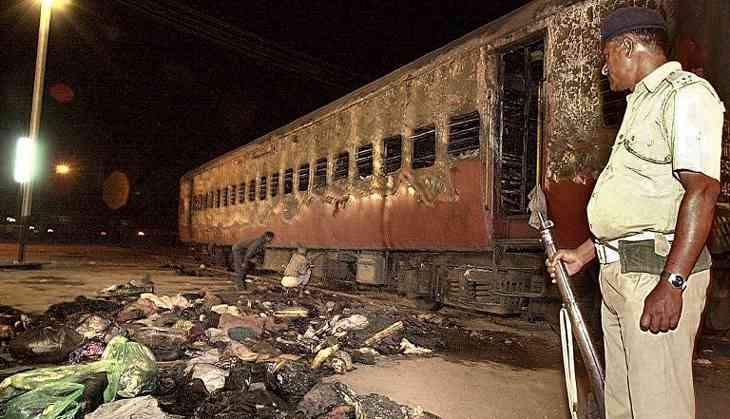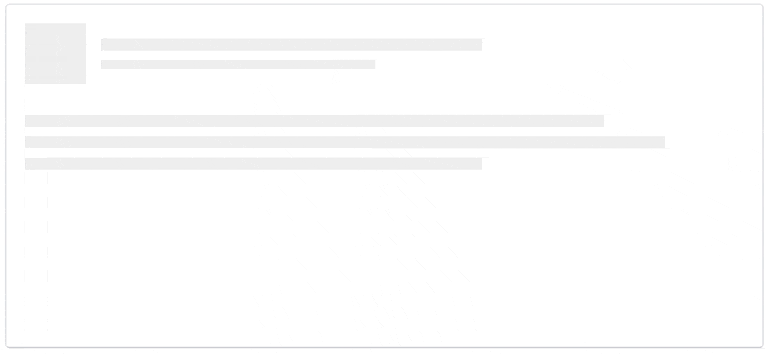We know who brought the bodies back from Godhra & why. But he'll get away scot free again

The cat is finally out of the bag, though 15 years too late.
Some individuals high up in Gujarat’s leadership or bureaucracy did issue instructions that all 58 bodies of the 2002 Godhra train inferno be handed over to Vishwa Hindu Parishad (VHP) leaders.
The fact that this was done so that they can instigate a communal riot – has obviously remained unsaid.
The rest is recorded history. The dead bodies on display at the Sola Civil Hospital, coupled with two top leaders’ repeated assertions that the inferno was a conspiracy by Pakistan's Inter-Services Intelligence, had sparked off a widespread anti-minority pogrom that led to communal polarisation for several years thereafter.
The testimony on Wednesday by Godhra’s then executive magistrate confirmed the fateful event once again.
Testifying before the Special Court hearing the Naroda Gam massacre case, in which 11 from the minority community were killed during the VHP-sponsored bandh the day after the train inferno, ML Nalvaya said he had received instructions from higher officers regarding the handing over the 58 bodies to VHP leader Jaideep Patel.
Nalvaya had himself written the covering letter at the instance of his bosses, he told the Special Court.
Those rsponsible...
It is too early to guess what the impact of Nalvaya’s revelation will be on the fortunes of the 82 accused in the case. But for now, it only confirms the testimony of another high-profile bureaucrat regarding the original source of the crucial decision which contributed immensely to the communal polarisation in 2002 Gujarat.
Appearing before the Nanavati-Shah Commission, which was inquiring into the Godhra train inferno and the riots thereafter, retired Additional Chief Secretary (Home) Ashok Narayan had said in August 2004 that Narendra Modi, then Gujarat's chief minister, himself took the decision to bring all the dead bodies to Ahmedabad.
Narayan was privy to important decisions regarding the prevailing situation in the state.
The carting of the dead bodies to Ahmedabad was interpreted as a major provocation to instigate the communal violence that followed the next day.
Fuel to the raging fire
Only 26 of the 58 victims belonged to Ahmedabad while the rest were from the nearby districts of Anand, Sabarkantha and Mehsana. Thus, there was no need to bring all the 58 bodies to Ahmedabad and hand them over to the VHP leaders, activist lawyers had argued before the riot inquiry commission comprising Justice GT Nanavati and Justice KG Shah.
Narayan had told the two-judge commission that the meeting summoned by Chief Minister Narendra Modi on the night of 27 February 2002, ‘shared the perception’ that the train burning incident would incite “unprecedented communal passions the following day”.
The VHP’s call for a bandh next day (after the train inferno) meant that reinforcements would certainly be required for maintaining law and order, Narayan had informed the Commission during his interrogation by human rights lawyer Mukul Sinha who succumbed to cancer in May 2014.
Though Ashok Narayan’s testimony sufficiently implied that the decision to bring the bodies to Ahmedabad was taken by the chief minister himself despite the apprehension of trouble expressed at the 27 February meeting. And it is unlikely that the Nanavati-Shah Commission will take any cognisance of this piece of information to zero in on the culprit responsible for causing the worst pogrom in India’s history.
Matters obscure
The Nanavati-Shah Commission submitted its final report to the Gujarat Government in November 2014, but its findings and recommendations have still not been revealed.
For anyone who has covered the proceedings of the Nanavati-Shah Commission for over a decade, it would be easy to surmise that the probe panel must have given yet another clean chit to the then Chief Minister and his government.
To top it all, under India’s laws governing Commissions of Inquiry and trial court proceedings, revelations made in one forum has no relevance in the other and vice versa.
Thus, Nalvaya's testimony is as important or meaningless as the revelation made by Narayan before the Nanavati-Shah Commission.
The net result is that the real perpetrator gets away scot free and goes globe-trotting.
Edited by Jhinuk Sen
First published: 29 June 2017, 17:46 IST
